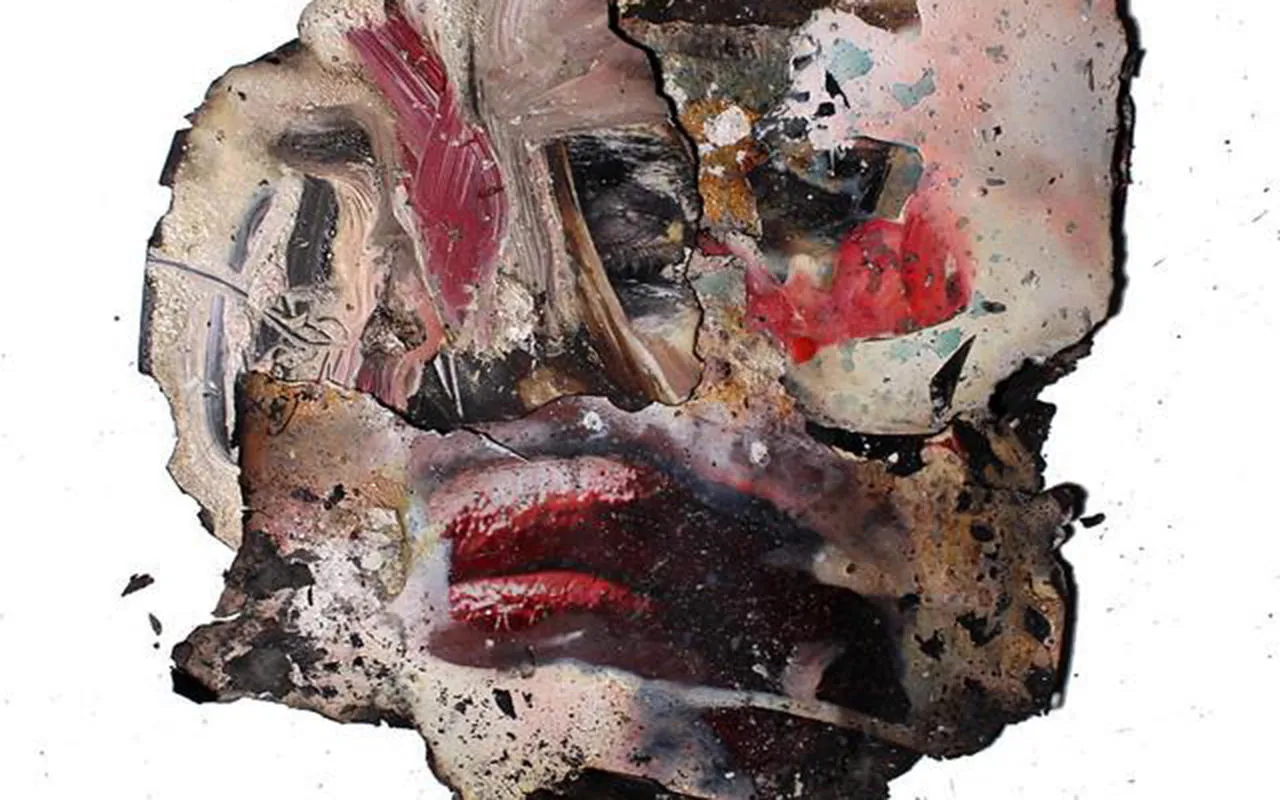Truth Tellers
Aims
The Truth Tellers project seeks to understand the ‘unspeakable’ aspects of descriptions, narratives and other representations, in both text and images. What is the meaning behind widely reproduced images of terrorists and victims? How do visual memorials and rituals function in political and social senses? What messages are communicated subliminally and subtly, beyond the headlines? Truth Tellers seeks to recover and explore representations of political and politicised trauma, delving into their wider meanings, functions and associations in a forensic manner.
Methods
To achieve these aims, The Truth Tellers project uses art practice (both visual and poetic) to retrieve and understand the aesthetic dimension of these utterances and representations. This is because the poetic and artistic practices we are engaging with can extract, isolate and probe more and deeper referents, as well as entire descriptive, categorising and normative mechanisms, which cannot be achieved through typical academic methods alone. These have aesthetic power but, because they do not act as direct referents, can rarely be named or addressed. We argue that just as there are categorising powers at work in describing anything, there is also a purely or nearly purely aesthetic dimension at work too. It has the same power but does not work on a direct sign-signified framework. Rather, it links a sign to a signification through purely aesthetic means such as colour, staging, aesthetic structure, sound, or even onomatopeyas. Art practice can identify, isolate and explore these aesthetic means, laying them out for further examination.
This is necessary because we are not only looking to understand what the ‘truth’ of a moment, description or image may be, but also why that ‘truth’ is told as it is. To achieve the retrieval of these aesthetic codes, our method takes deconstruction to a new practical application: we work with artists to literally dismantle and rebuild the images and descriptions we are exploring. In engaging with that process we have discovered more about the elements, logics and processes as well as conceptual structures that say what, who and why.
Trials Design
This exhibition and project are a pilot study for this approach. We analysed a single public event of traumatic magnitude and political significance: the Manchester Arena Attacks. We collaborated with poet Mariah Whelan and painter Tom de Freston to develop our methods and design new ones, particularly visual genealogy (for the visual art) and art archaeology (for the poems). The following short essays describe these approaches and detail some of their results, as well as other insights that emerged in this project.
Summary of Findings
In the visual section of the project, Christiana and Tom used a method of intervisuality, developed to both analyse visual representations of the aftermath of the Manchester bombing, and to provide a structure through which to explore these ideas in a practise-led, artistic sense. The academic analysis was therefore integrated with artistic practise in such a way that deconstruction of the key images was deepened and their key themes were probed further. In this process, images were broken down and remade, in order to understand how ‘truth’ was told, and to tell a different ‘truth’ that is archaeological, pathological, and probing in nature. We aimed not just to find out what the ‘truth’ of a moment or image may have been, but also why that ‘truth’ was told as it was; this required a forensic and practical approach to image-making.
Following collaborative discussions between Christiana and Tom, the combined intervisual study focused on the notions of innocence / purity, versus ‘evil’. Christiana’s analysis tended to focus on the constructions of innocence, purity and victimhood, which Tom then added to in his own parallel creative studies, with exploration of the construction of ‘evil’. This was not a decision so much as an organic development; Christiana delved into the construction of innocence by referring to related images of shrines, Catholicism, angels, and pop concerts, and Tom then probed the darker connotations of mask-wearing, chaos, and ambiguity in order to deconstruct this binary they had both observed. In this sense, the key images were deconstructed, found to be telling a narrative of good v evil through these visual tropes of innocence and purity. Then, through the practice-led component, those binaries were deconstructed. Tom’s work, in moving image, photography and painting, then sought to reveal the myriad, clashing identities at play in representations and responses to the bombings, as well as the ritualistic, mournful functions and emotional substance underlying them.
Ultimately, the combination of intervisual analysis, and its practise-led component, contributed a deeper understanding of these visual narratives in a political context. Revealing the underlying function—which was, in short, to bring about a sense of order following the ‘sublime’ event, or traumatic event, of the bombing itself—the analysis showed the ways in which ambiguous, chaotic and emotive ideas and observations were articulated into more palatable, comforting and simplified ideas in the press. These representations and stories served important and necessary functions; they brought the community together following trauma, and they minimised the political force of the attack itself, in showing a united front. However, as Tom’s images ultimately showed, the ‘truth’ of the moment and its aftermath was inevitably more complex and difficult to reconcile; the chaos and trauma of the attacks remained and underlied those media and communal attempts to give order and sense to a catastrophic event.
Please note that some images may be disturbing.
Impact
The contrast, interplay and contradictions between factual and artistic forms of expression yield significant insights as to the aesthetic construction of what appear to be known truths. Furthermore, in this pilot project we found that bringing art to bear on a political analysis can reveal more than insights concerning aesthetic subjectivity and signification. The art, its choices and focus, shone a light on how ‘unspeakable’ codes, feelings and relations marked the Manchester Arena attacks, what made the trauma powerful in public, and crucially the aesthetic means that codified the significance of those remembered truths. Vigils in Albert square were, as these poems and paintings remind us, also flowers, faces of little girls, words, pain, and song.


